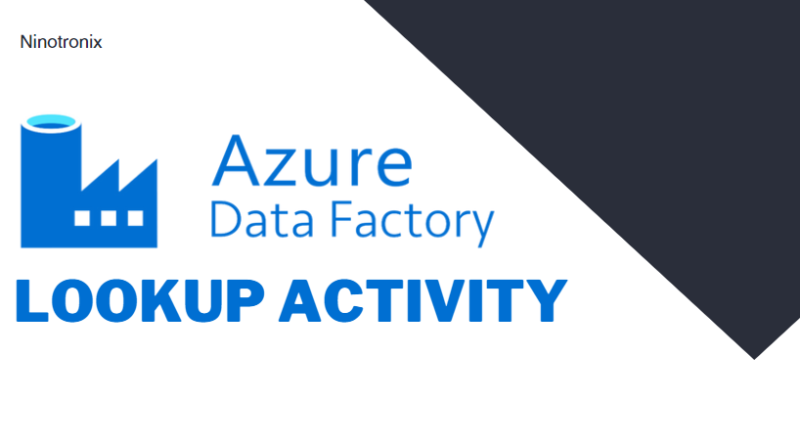Mastering Azure Data Factory LookUp Activity: A Step-by-Step Guide
The LookUp activity in Azure Data Factory is a data integration tool that enables you to retrieve metadata from a variety of sources, such as databases, files, and web services. This activity is an essential component of the Extract-Transform-Load (ETL) process, which involves extracting data from source systems, transforming it into a usable format, and loading it into a destination system.
The LookUp activity is particularly useful when you need to retrieve metadata from a source system before performing a data transformation operation. This activity allows you to retrieve metadata about source data, such as data types, column names, and column counts, which can then be used in the transformation process.
The LookUp activity can be used in a variety of scenarios, such as:
1. Validating source data: Before performing any data transformation, it is essential to validate the source data to ensure that it is in the correct format and contains the necessary information. The LookUp activity can be used to retrieve metadata about the source data, such as the number of columns, column names, and data types, which can then be used to validate the data.
2. Populating lookup tables: Lookup tables are tables that contain reference data that is used to map values between source and destination systems. The LookUp activity can be used to retrieve reference data from a variety of sources, such as databases or web services, and populate lookup tables.
3. Filtering data: The LookUp activity can be used to retrieve metadata about the source data, such as column names and data types, which can then be used to filter the data. For example, you can use the LookUp activity to retrieve the column names of a CSV file and filter out unwanted columns before performing any data transformation.
4. Dynamically generating SQL queries: The LookUp activity can be used to retrieve metadata about the source data, such as column names and data types, which can then be used to dynamically generate SQL queries. This is particularly useful when you need to perform complex data transformations on large datasets.
The LookUp activity supports a wide range of data sources, including Azure Blob Storage, Azure Data Lake Storage, Azure SQL Database, SQL Server, Oracle, MySQL, and PostgreSQL. The activity can retrieve metadata from these sources in a variety of formats, including JSON, XML, and CSV.
To use the LookUp activity in Azure Data Factory, you need to perform the following steps:
- Create a new pipeline in Azure Data Factory.
- Add the LookUp activity to the pipeline by selecting it from the list of available activities.
- Configure the LookUp activity by specifying the source dataset and the metadata that you want to retrieve. You can use the Mapping Data Flow or Data Flow activity to transform the retrieved metadata.
- Connect the LookUp activity to the next activity in the pipeline, such as the Copy Data activity, to load the transformed data into the destination system.
- Save and publish the pipeline.
In summary, the LookUp activity in Azure Data Factory is a powerful tool that allows you to retrieve metadata from a variety of sources, such as databases, files, and web services. This activity is an essential component of the ETL process and can be used in a variety of scenarios, such as validating source data, populating lookup tables, filtering data, and dynamically generating SQL queries. The LookUp activity supports a wide range of data sources and formats and can be easily configured using Azure Data Factory’s user-friendly interface.




